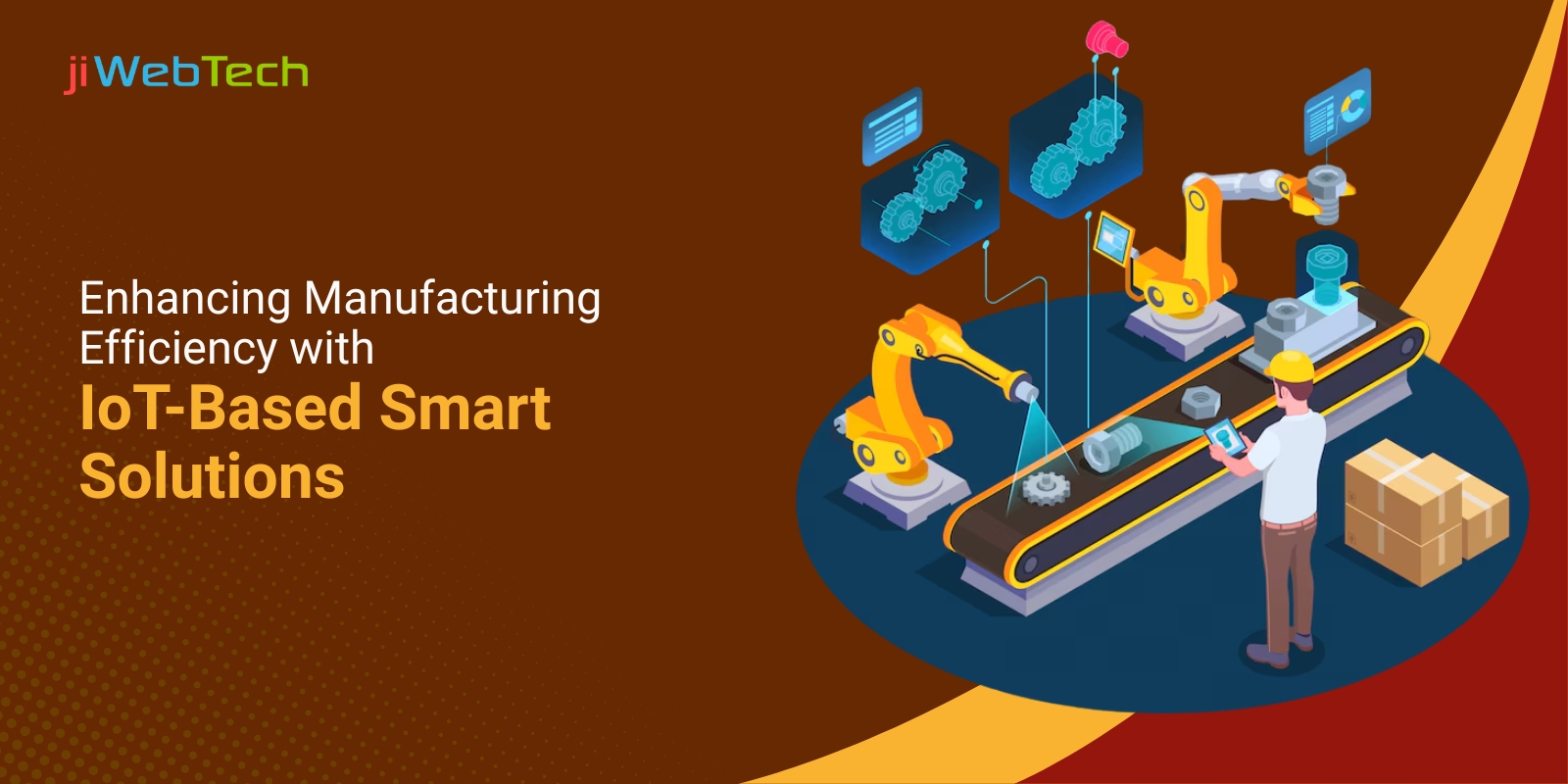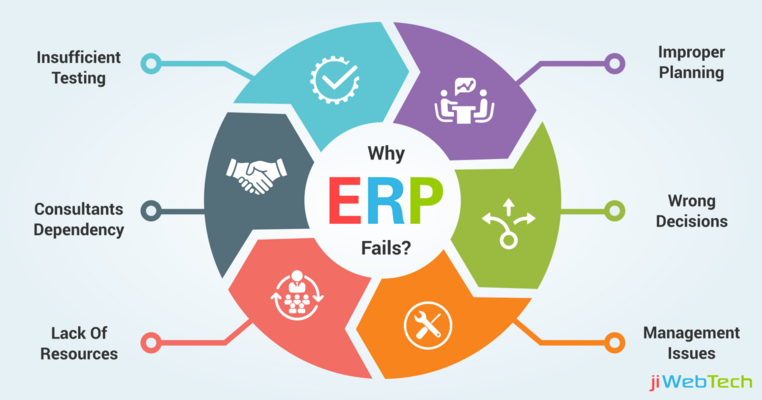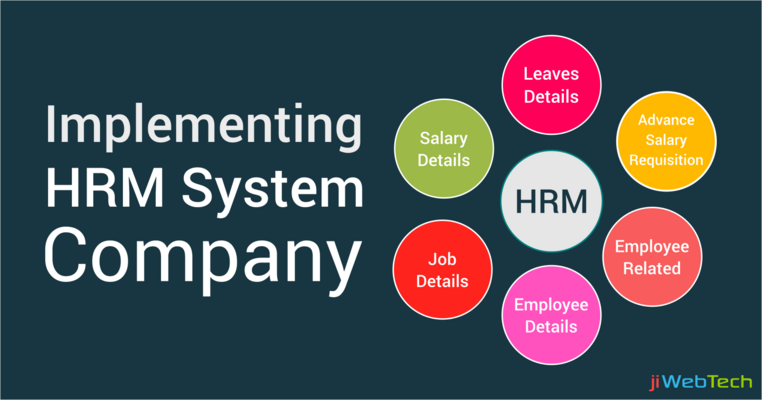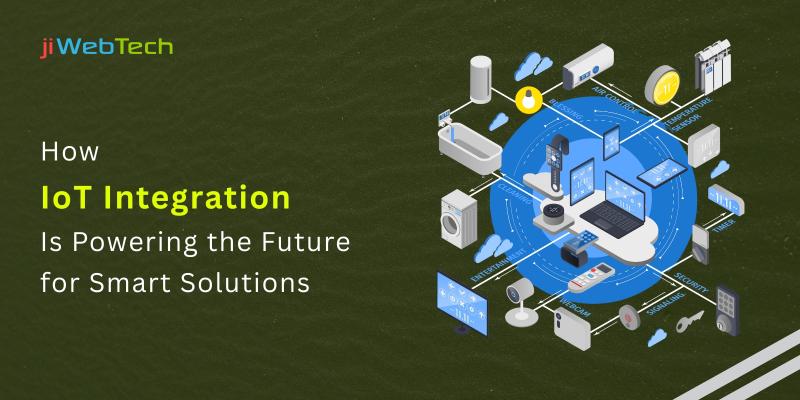- May 01, 2025
- IOT Solutions
- 1854
Share this post on:

In today’s fast-changing world, manufacturing industries face growing pressure to improve efficiency, reduce costs, and increase productivity. One of the most powerful tools helping manufacturers meet these challenges is the Internet of Things (IoT). IoT-based smart solutions are transforming factories into intelligent, connected environments that optimize operations in real-time. This blog explores how IoT enhances manufacturing efficiency, the key technologies involved, and practical benefits for manufacturers.
What is IoT in Manufacturing?
The Internet of Things (IoT) refers to a network of physical devices embedded with sensors, software, and connectivity, enabling them to collect and exchange data. In manufacturing, IoT devices are installed on machines, equipment, and production lines to monitor conditions, track performance, and automate processes. This connectivity creates a smart factory environment where data drives better decision-making and operational improvements.
How IoT Enhances Manufacturing Efficiency
1. Real-Time Monitoring and Data Collection: IoT sensors collect information all the time about machines, production, energy use, and the environment.This helps factories find problems early, check product quality, and improve how work is done. For example, smart meters watch energy use in machines to find ways to save energy and reduce waste.
2. Predictive Maintenance: IoT helps predict when machines need repairs before they break. By studying data from machines, factories can plan maintenance. This stops unexpected machine breakdowns, lowers repair costs, and helps workers do their jobs better by fixing machines during planned times.
3. Quality Control Automation: IoT devices check product quality during production and find mistakes right away. This quick feedback helps fix problems quickly to avoid making bad products and save money and materials. It also means fewer people need to check products by hand, making production faster and keeping quality high.
4. Resource and Energy Optimization: Factories use IoT data to save materials, energy, and worker time. Smart energy systems watch when energy is used most and change machine settings to save money. IoT also helps track materials and order more when needed, so there are no delays or too much stock.
5. Enhanced Workforce Management: IoT helps workers by making communication and scheduling easier. Apps connected to IoT give workers real-time updates about shifts and news, reducing confusion and improving attendance. It also helps with training and teamwork, so workers learn new skills and work well together.
6. Smart Factory Integration: IoT connects machines, systems, and people in smart factories. This connection shares data across different areas and business systems. Smart factories can quickly adjust to changes, improve production flow, and reduce downtime by working together with automation and data analysis.
Key Technologies Driving IoT in Manufacturing
Edge Computing: Edge computing processes data near the source (machines and sensors) rather than sending everything to centralized cloud servers. This reduces latency and enables real-time analytics and decision-making on the factory floor, improving responsiveness and operational agility.
Artificial Intelligence (AI): AI enhances IoT by analyzing vast amounts of data to identify patterns, predict failures, and automate tasks. AI-powered IoT systems can optimize production schedules, detect anomalies, and improve product design based on data insights.
Industrial IoT (IIoT) Platforms: IIoT platforms like zenon provide software solutions that collect, visualize, and analyze data from diverse IoT devices. These platforms enable manufacturers to monitor operations remotely, generate reports, and implement predictive maintenance and energy management strategies effectively.
Robotics and Automation: Advanced robotics integrated with IoT and AI are transforming manufacturing by automating complex tasks with precision and adaptability. These robots can learn from their environment, collaborate with human workers, and increase throughput while reducing errors.
Practical Benefits of IoT-Based Smart Manufacturing
Reduced Downtime: Predictive maintenance and real-time monitoring minimize unexpected equipment failures.
Lower Operational Costs: Energy management and resource optimization cut waste and reduce expenses.
Improved Product Quality: Continuous quality control reduces defects and recalls.
Increased Productivity: Automated processes and better workforce coordination speed up production.
Enhanced Safety: Early detection of machine issues prevents accidents and improves worker safety.
Greater Flexibility: Smart factories can quickly adapt to changing production demands and customize products.
Future Trends in IoT Manufacturing
Factories are getting a lot smarter thanks to something called the Internet of Things, or IoT. It means connecting all the machines and gadgets in a factory to the internet. This helps them talk to each other and work together better. Here's what's coming:
1. Brainy Machines: Imagine machines that can think. That's what happens when you add Artificial Intelligence (AI) to IoT. The machines can gather lots of data, and AI helps them make sense of it. This way they are able to figure out if something's approximately to break and fix it before it does.
2. Fixing Before Breaking: One of the coolest things about IoT is that it can predict when a machine will have problems. Little sensors watch the machines all the time. If something seems off, like the temperature is too high, it sends a message to the workers to check it out.
3. Thinking Fast: Instead of sending all the information to a faraway computer, some factories use "edge computing." This means the information is processed right there in the factory. This helps things happen faster and keeps the data safer.
4. Workers and Machines Working Together: IoT also helps the people who work in the factory. They can get information on their phones or tablets about what's happening with the machines. This makes it easier to do their jobs and solve problems quickly.
5. Super-Fast Internet: The new 5G internet is making IoT even better. It's like giving the factory a super-fast phone line so all the machines can talk to each other without any delays.
6. Saving Energy: IoT can also help factories use less energy. It watches how much electricity is being used and finds ways to save it. This is good for the environment and saves the factory money.
7. Robots Doing the Work: Robots are getting smarter with IoT. They can do things like put products together and check them for mistakes. Because they're connected to the internet, they can do these jobs very accurately.
Conclusion
IoT-based smart solutions are revolutionizing production by making factories more connected, efficient, and responsive. From predictive maintenance to energy optimization and workforce management, IoT empowers manufacturers to reduce costs, improve quality, and grow productivity. As technologies like AI, edge computing, and robotics advance, the future of manufacturing will be even smarter, more flexible, and more sustainable. Embracing IoT is no longer optional, but essential for manufacturers aiming to stay competitive in the digital age. jiWebTech is a leading IoT-based smart solutions provider company, helping business expand their services and increase their scope. Contact us to learn more.
FAQs:
1. How does IoT improve manufacturing efficiency?
IoT improves manufacturing efficiency by connecting machines and systems to collect real-time data. This helps factories monitor machine health, reduce downtime, optimize workflows, and make faster, data-driven decisions that boost productivity and lower costs.
2. What is predictive maintenance, and how does IoT enable it?
Predictive maintenance uses IoT sensors to track machine performance and predict when maintenance is needed before a breakdown occurs. This reduces unexpected downtime, lowers repair costs, and keeps production running smoothly by scheduling maintenance during planned times.
3. How does IoT help reduce energy and resource consumption in manufacturing?
IoT-enabled energy management systems monitor energy use in real time and identify inefficient operations. Factories can then adjust machine settings or shut down non-essential equipment during off-peak hours, saving energy and reducing operational costs.
4. Can IoT improve product quality in manufacturing?
Yes. IoT devices continuously monitor production conditions like temperature and pressure, detecting defects early. This allows quick corrections to maintain consistent product quality, reduce waste, and lower recall risks.













